Digital Transformation
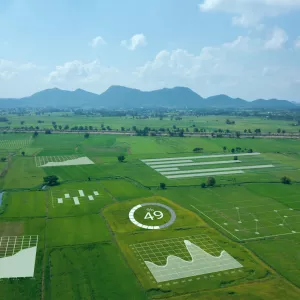
Overview
We will co-create inclusive solutions leveraging advancements in AI, machine learning, modeling, and big data analytics – driving improved decision-making, policies, investments, and broader adoption of digital tools for impactful outcomes towards food-land-water systems transformation.
We aim to be a thought leader in digital and data science research across food, land, water, and climate systems, accelerating the delivery of research and digital services responsibly using data and tools such as AI, and improving decision-making based on evidence and insights into complex systems.
Our goal
Our work aims to help
Challenges
Challenges we’ll address
- Interconnected and complex issues such as climate change, persistent inequalities, and consumption patterns that demand strategic digital innovation
- Sparse data in the Global South which limits local adaptation of digital solutions
- Vulnerable populations which need tailored, inclusive digital solutions addressing poverty and inequality
- Collaboration and equity-focused approaches ensure inclusive, ethical digital innovation
Areas of work
Data ecosystem
We will create a robust data ecosystem enabling shared, FAIR (Findable, Accessible, Interoperable, and Reusable), Artificial Intelligence-ready AR4D (Agricultural research for development) data. This will address data interoperability challenges, enhance data governance, and leverage our transformative datasets to accelerate agricultural research and innovation, empowering scientists and partners with cutting-edge tools.
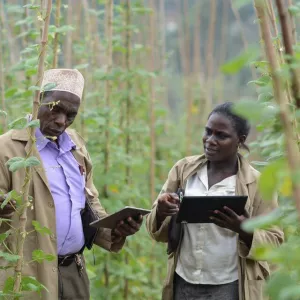
Action Lab
We aim to revolutionize decision-making across food-land-water systems by leveraging cutting-edge digital technologies and integrative data approaches. Our ambition is to deliver actionable insights that enhance sustainability, efficiency, and resilience in agrifood and environmental systems through demand-driven digital solutions.
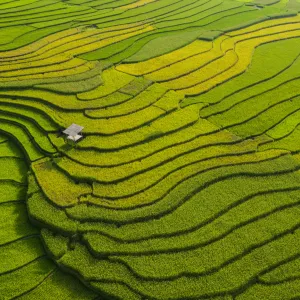
Digital Futures
We will identify and explore emerging digital frontier technologies with the potential to transform food-land-water systems, enabling us to stay ahead of technological trends and anticipate future challenges and opportunities.

Enabling Environment
We will address systemic constraints in the enabling environment including digital infrastructure, data management, institutional collaboration, digital literacy and skills in FAIR and AI-ready data, responsible digital innovation, sustainable business models and others.
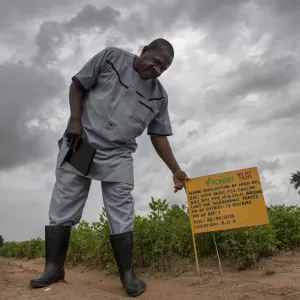
Gender Equality & Social Inclusion
A strong focus on gender and social inclusion assures that digital innovations and data help narrow existing social and economic divides. We will support and conduct research and design processes that help ensure that digital innovations, data management systems, and the enabling environment are inclusive.
Our approach
Interlinked support across CGIAR’s portfolio
We will work closely with the Better Diets and Nutrition, Breeding for Tomorrow, Climate Action, Multifunctional Landscapes, Sustainable Animal and Aquatic Foods, Sustainable Farming programs, and the Capacity Sharing and Gender Equality & Social Inclusion accelerators.
Working to share our capacity with
- Governments and organizations
- Scientists
- Gender specialists
Our expertise
- Deep understanding of agrifood systems’ needs and contexts
- Unique, extensive, global agricultural datasets
- Experience with ethical challenges in agricultural research and development
- Established, trusted agricultural-sector relationships
- Extensive knowledge of capacity needs in agricultural research and development
- Convening power in agricultural research communities
Events
News
-

AI-powered chatbot boosts livestock disease management
In an effort to digitalize livestock research and knowledge dissemination, ILRI has developed a new AI-powered chatbot that provides instant,...
-

Fairgrounds: Advancing CGIAR Data Ecosystems
Launched in January 2025 as a DTA-linked project, Fairgrounds aims to be the gateway for CGIAR to access global research data, while also opening...
-
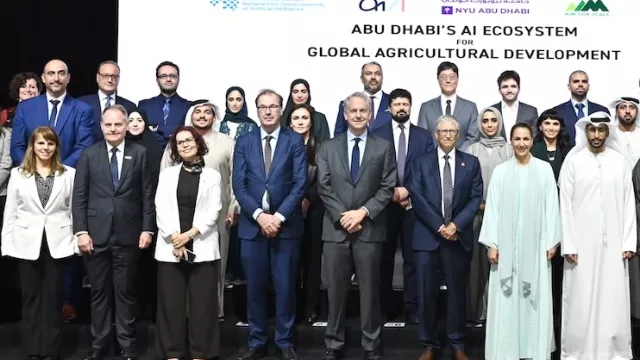
Partnerships Powering AI Advances in Agriculture
The AI Agriculture Ecosystem Launch in Abu Dhabi showcased new AI technologies that strengthen farmers' resilience.
-
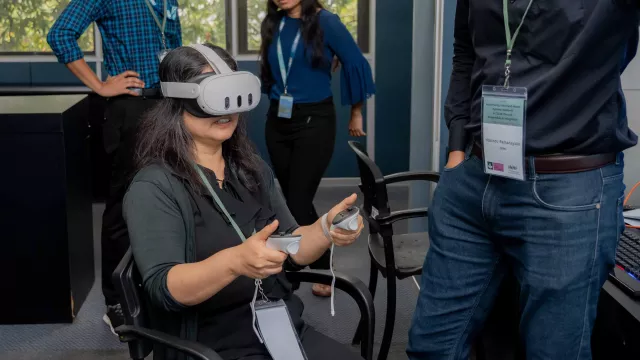
AI accelerates R&D across food, land and water systems
IWMI and CGIAR’s DTA hosted a consultation workshop in Colombo, Sri Lanka, bringing together the AI Champions from 11 CGIAR centers to take the next...


